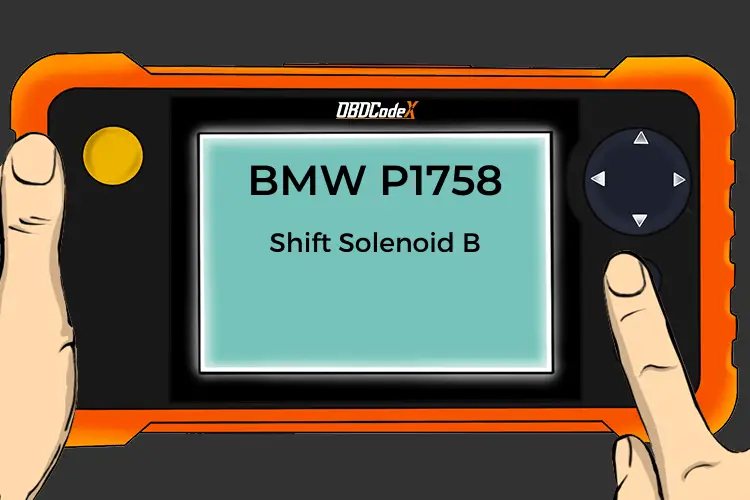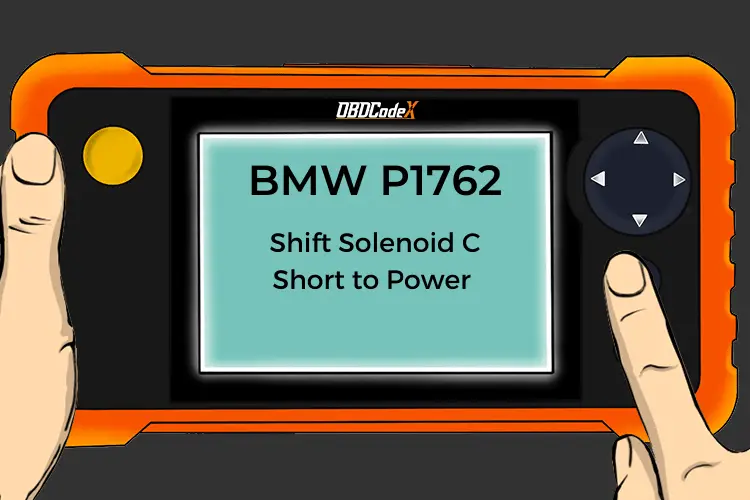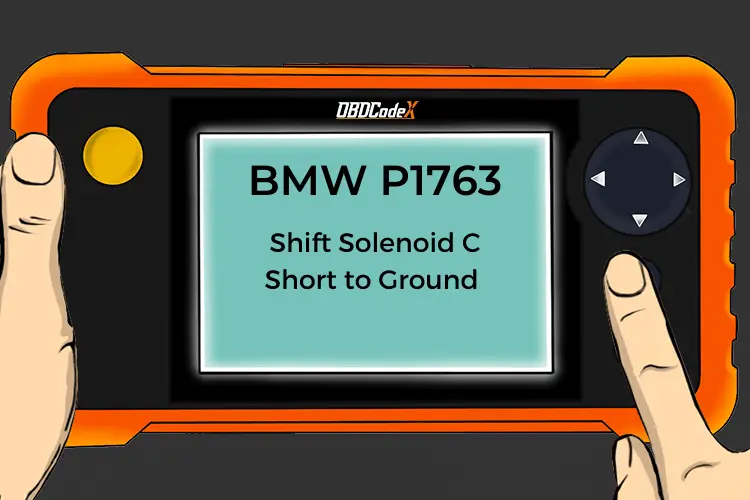P0784: 4-5 Shift Malfunction
Is your scanner showing P0784?
No worries. We'll show you what it means and how to deal with it.
P0784: 4-5 Shift Malfunction
OVERVIEWWhat Does The P0784 Code Mean?
On vehicles with electronically controlled automatic transmissions, the 4-5 shift solenoid is responsible for actuating the hydraulic circuits to activate clutches or bands that change gears inside the automatic transmission.
The shift solenoids are controlled by either a Transmission Control Module (TCM), or the Engine Control Unit/Powertrain Control Module (ECU/PCM). The control circuit may be power or ground side controlled depending on the application.
Some vehicles self-test the circuit even when the gear is not in use, the 4-5 shift solenoid may be an on/off solenoid, or duty cycle controlled. The PCM or TCM looks for an inductive kick to determine if the solenoid is functioning properly even when not in use. This brief activation is too fast for the solenoid to actually cause a shift in the transmission.
When the solenoid is activated and turned off, the magnetic field collapses sending a slightly higher voltage to the PCM which is used to determine if the solenoid is functioning properly.
Note: This DTC is nearly identical to P0781, P0782, P0783, and P0829.
What Are The Symptoms Of The P0784 Code?
Symptoms of a P0784 DTC may include:
- Check engine light illuminated (Malfunction Indicator Lamp / MIL)
- Vehicle will not shift from 4th to 5th gear
This condition may illuminate a check engine light and possibly shut down the transmission controls altogether resulting in a “failsafe” mode that will only allow one default gear depending on the vehicles state with all solenoids off.
What Are The Potential Causes Of The P0784 Code?
Potential causes of a P0784 code include:
- 4-5 shift solenoid failure
- Electrical short to power – pinched wires
- Electrical short to ground – pinched wires
- Open in power or ground circuit wiring – disconnected or loose connections
- TCM or PCM internal failure
How Can You Fix The P0784 Code?
Step 1
Disconnect PCM or TCM wiring harness, depending on the application and using an electrical diagram as reference, check for excessive resistance or an open in the control circuit. Using a Digital Volt Ohm Meter (DVOM) set to the Ohms scale, check for resistance on the 4-5 solenoid power and ground sources to determine if there is an open circuit or excessive resistance in the 4-5 solenoid.
Visually inspect for for any pinched, disconnected or loose wires on the harness connectors.
Step 2
Short to power: Disconnect battery positive cable and wiring harness connector at transmission and check for continuity using the DVOM between power source and solenoid circuit wiring in key on / engine off (KOEO) position as well as the key off position.
Step 3
Short to ground: Disconnect battery positive cable and wiring harness connector at transmission and check for continuity using the DVOM between 4-5 solenoid power source and a known good ground.
Step 4
TCM or PCM failure: Using an advanced scan tool capable of controlling solenoids, manually activate the 4-5 shift solenoid. It may be necessary to manually activate transmission control relay on some vehicles if power is not present at the transmission wiring harness connector.
If a scan tool is not available, it will be necessary to monitor the 4-5 solenoid circuit to determine if the TCM or PCM is sending a power or ground signal to the 4-5 solenoid during vehicle operation.
Recommended Parts
Below are some recommended auto parts to help you address the trouble code affecting your vehicle and get it running smoothly again:
>>> Twippo 372Pcs Waterproof Wire Connectors Kit
>>> GM AT 1-2 and 3-4 Shift Solenoid Valve
>>> TCM
>>> KAIWEETS Digital Multimeter
Note: During the purchasing process, please check carefully whether the part you want to buy fits your car!
Reference Sources
P0784 4-5 Shift Malfunction, OBD-Codes.




